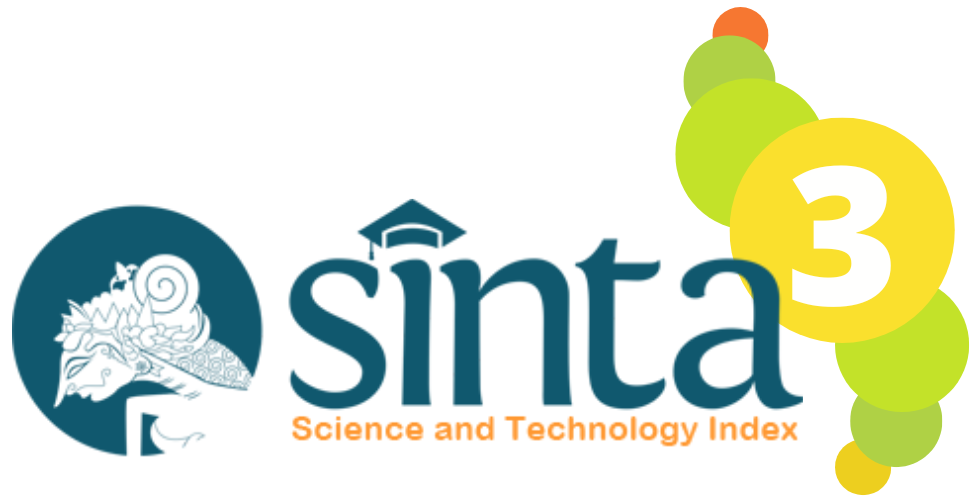PENGARUH PENGGUNAAN KOLOM PASIR, LAYER PASIR, DAN TERUCUK BAMBU PADA TANAH LEMPUNG JENUH AIR TERHADAP PENURUNAN TANAH LEMPUNG MENGGUNAKAN UJI LABORATORIUM
DOI:
https://doi.org/10.21831/inersia.v16i1.31316Keywords:
air, perkuatan, tanah lempung, T90Abstract
ABSTRAK
Penelitian ini bertujuan untuk mengetahui klasifikasi jenis tanah, properti tanah pengujian dan pengaruh penggunaan metode penambahan variasi tanah lempung jenuh air dengan menggunakan pasir dan cerucuk bambu, terhadap penurunan tanah lempung, kadar air, dan analisis T90. Penelitian eksperimen dengan menggunakan model boks baja, berukuran 100 cm x 100 cm x 40 cm sebagai media penempatan tanah lempung. Hasil penelitian ini yaitu: (1) Jenis tanah termasuk CH (Clay High Plasticity) menurut klasifikasi USCS dan kelompok 4-7-6(40) menurut klasifikasi AASTHO. (2) Properti tanah adalah G=2,63, LL=74,71%, PL=29,76%, IP=44,95%, SL=19,06%, C=0,75 kg/cm2, OMC=39,2%. (3) Penambahan TPV sangat efektif memperkecil penurunan. Pada pemberian tekanan 0,0125 kg/cm2, 0,025 kg/cm2, 0,05 kg/cm2, dan 0,01 kg/cm2 memperkecil penurunan, berturut-turut: 75,93%; 56,32%; 59,44% dan 42,32%. Pada kedalaman -10 cm penggunaan TPH paling efektif mengurangi kadar air tanah lempung yaitu sebesar 53,30%, berarti mengurangi kadar air sebesar 3,62% dari kondisi tanah asli (TTD). Pada kedalaman 20 cm, penggunaan TCB paling efektif mengurangi kadar air sebesar 3,55% dari kadar air tanah lempung asli (TTD). Penggunaan CTPVH pada beban 0,1 kg/cm2 paling efektif dalam proses konsolidasi yaitu sebesar 94,10% dari tanah asli (TTD) dimana mempunyai nilai sebesar nilai t90 untuk CTPVH yaitu sebesar 15,21 menit.
Kata Kunci: air, perkuatan, tanah lempung, T90
ABSTRACT
This study aims to determine the classification of soil types, soil properties tested and the effect of using the method of adding variations in the water-saturated clay, using sand and bamboo piles, to clay settlement, moisture content, and T90 analysis. The experimental study used a steel box model, measuring 100 cm x 100 cm x 40 cm as a medium for clay placement. The results of this study are: (1) Soil types including CH (Clay High Plasticity) according to USCS classification and groups 4-7-6 (40) according to AASTHO classification. (2) Soil properties is G=2,63, LL=74,71%, PL=29,76%, IP=44,95%, SL=19,06%, C=0,75 kg/cm2, OMC=39,2%. (3) Addition of TPV is very effective in reducing the settlement. At a pressure of 0,0125 kg/cm2, 0,025 kg/cm2, 0,05 kg/cm2, and 0.01 kg/cm2 minimizing the settlement, respectively: 75,93%; 56,32%; 59,44% and 42,32%. At depths of -10 cm the most effective use of TPH reduces clay soil moisture content by 53,30%, which means reducing water content by 3,62% from the original soil conditions (TTD). At a depth of 20 cm, using TCB is most effective at reducing water content by 3,55% from the original clay soil content (TTD). The use of CTPVH at a load of 0,1 kg/cm2 is most effective in the consolidation process which is 94.10% of the original soil (TTD) which has a value of T90 for CTPVH which is 15,21 minutes.
Keywors: water, strainthening, clay, T90
Downloads
Published
How to Cite
Issue
Section
License
Authors who publish with INERSIA journal agree to the following terms:
- Authors retain copyright and grant the INERSIA journal right of first publication with the work simultaneously licensed under Creative Commons Attribution License (CC BY 4.0) that allows others to share the work with an acknowledgment of the work's authorship and initial publication in this journal.
- Authors can enter into separate, additional contractual arrangements for the non-exclusive distribution of the published version of the work (e.g., post it to an institutional repository or edit it in a book), with an acknowledgment of its initial publication in this journal.
- Authors are permitted and encouraged to post their work online (e.g., in institutional repositories or on their website) before and during the submission process, as it can lead to productive exchanges, as well as earlier and greater citation of published work.

INERSIA by https://journal.uny.ac.id/index.php/inersia was distributed under a Creative Commons Attribution 4.0 International License










